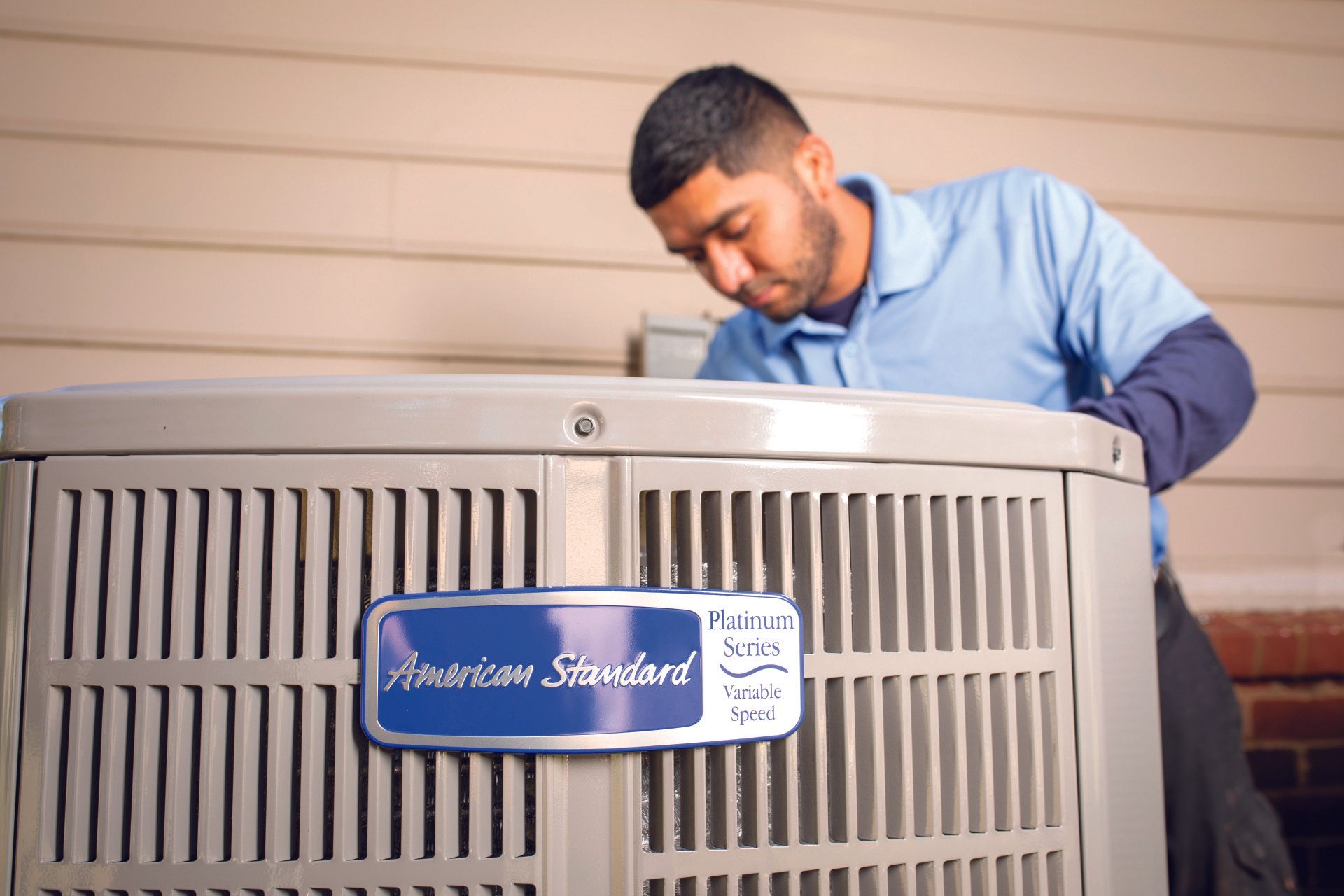
Call Today For Fast HVAC Service!
Heat Pumps
Enjoy year round comfort in your Greenville, SC home with our expert heat pump services.
Keeping your Greenville, SC home cool and comfortable when you need it most!

At Eastergard HVAC, we specialize in providing exceptional heat pump services to homeowners in Greenville, SC. Our comprehensive services include installation, maintenance, and repair, ensuring your heat pump operates at peak efficiency throughout the year. Whether you need a new heat pump system installed or your existing one requires maintenance or repairs, our team of highly trained technicians is equipped to handle all your needs. We understand the importance of a reliable and efficient heating and cooling system in maintaining your home's comfort, which is why we offer prompt and professional service to keep your heat pump running smoothly. Our installation services ensure that you get the right heat pump for your home's specific needs, providing optimal energy efficiency and cost savings.
Regular maintenance is crucial for the longevity and efficiency of your heat pump. Our maintenance services at Eastergard HVAC include thorough inspections, cleaning, and tuning of all components to prevent potential issues and ensure optimal performance. We offer seasonal maintenance plans tailored to keep your system in top condition throughout the year, addressing any wear and tear before it becomes a major problem. If you encounter any problems with your heat pump, our expert technicians are ready to diagnose and repair the issue quickly and efficiently. We are committed to providing top-notch customer service and ensuring your complete satisfaction with every job. Trust Eastergard HVAC for all your heat pump service needs in Greenville, SC, and experience the difference that quality and expertise can make. From the first call to the final service, we aim to exceed your expectations and keep your home comfortable year-round.
Heat Pump Basics
The four main components of your heat pump are:
Evaporator Coil: The evaporator coil is located inside the indoor unit of the heat pump. During the cooling mode, it absorbs heat from the indoor air, causing the refrigerant inside the coil to evaporate and cool the air. In heating mode, the process is reversed, and the evaporator coil releases heat into your home. This component is crucial for the heat exchange process that allows the heat pump to transfer heat between indoors and outdoors.
Condenser Coil: The condenser coil is situated in the outdoor unit of the heat pump. In cooling mode, it releases the heat absorbed from inside your home to the outside air. During heating mode, the condenser coil absorbs heat from the outdoor air and transfers it to the refrigerant, which then carries the heat indoors. This component works in tandem with the evaporator coil to facilitate the heat exchange process.
Compressor: The compressor is the heart of the heat pump system, located in the outdoor unit. It circulates the refrigerant between the evaporator and condenser coils. The compressor pressurizes the refrigerant, raising its temperature and enabling it to absorb and release heat more efficiently. This component is essential for the proper functioning of the heat pump, ensuring effective heat transfer and maintaining the desired indoor temperature.
Expansion Valve: The expansion valve is a crucial component that regulates the flow of refrigerant into the evaporator coil. It reduces the pressure of the refrigerant, allowing it to expand and cool before entering the evaporator coil. This process is vital for the refrigerant to absorb heat from the indoor air during cooling mode. In heating mode, the expansion valve helps control the refrigerant flow to optimize heat absorption from the outdoor air.

Call Eastergard Today for all of your HVAC service and installation needs.
Heating & Air Conditioning FAQs
What Does HVAC Stand For?
HVAC stands for Heating, Ventilation, and Air Conditioning. It encompasses the systems used for moving air between indoor and outdoor areas, along with heating and cooling residential and commercial buildings. These systems keep you warm in the winter and cool in the summer while ensuring indoor air quality.
How Often Should I Have My HVAC System Serviced?
It’s recommended to have your HVAC system serviced twice a year: once before the cooling season (spring) and once before the heating season (fall). Regular maintenance helps prevent breakdowns, improves efficiency, and extends the lifespan of your system.
How Can I Improve My HVAC System's Efficiency?
Improving efficiency can be achieved through regular maintenance, such as cleaning or replacing air filters, sealing duct leaks, ensuring proper insulation, and upgrading to a programmable thermostat. Additionally, scheduling professional tune-ups and considering energy-efficient system upgrades can significantly enhance performance.
What Does HVAC Maintenance Include?
HVAC maintenance typically includes inspecting and cleaning coils, checking refrigerant levels, inspecting and tightening electrical connections, lubricating moving parts, checking thermostat settings, and ensuring the system is operating correctly. Regular maintenance helps prevent breakdowns and ensures efficient operation.
Why is Regular HVAC Maintenance Important?
Regular maintenance improves system efficiency, extends the lifespan of your equipment, helps prevent costly breakdowns, and ensures optimal performance. It also improves indoor air quality and can lower energy bills by keeping the system running efficiently.
When Should I Replace My HVAC System?
Consider replacing your system if it’s over 15-20 years old, requires frequent repairs, is no longer efficient, or if you’ve noticed a significant increase in energy bills. Newer systems are more energy-efficient and can provide better comfort and cost savings.







